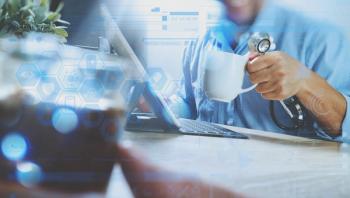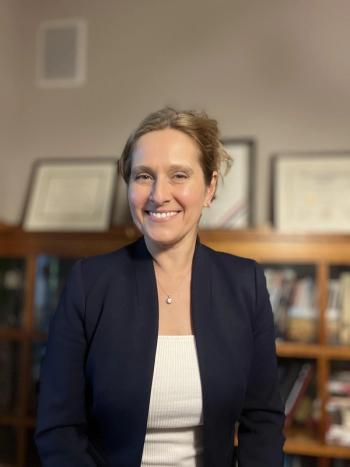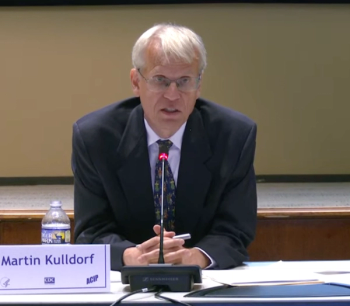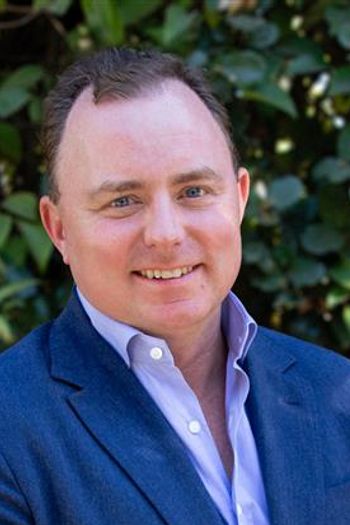
Teenage mentors and smartwatches help rural seniors bridge digital health divide
Key Takeaways
- High school students helped older adults in rural Florida adopt wearable health technology, improving digital literacy and health monitoring.
- The study used smartwatches to collect data on social interactions, physical activity, and cognitive engagement, showing high engagement rates.
A Florida Atlantic University study paired high school students with older adults to improve tech literacy and health tracking.
In an effort to bridge the digital divide in older, under-resourced communities, researchers from
Many older residents in this rural community struggle with digital literacy, limiting their ability to use
The research, published in the journal
The study found that 91% of older adults engaged with smartwatch prompts, with an overall response rate of 77.8%. Surprisingly, factors like age, education, rural living and technology self-efficacy did not have a significant impact on response rates.
Notably, social engagement was strongly linked to higher levels of physical and mental activity, reinforcing the importance of social connections in cognitive health.
“Our study created a win-win situation for everyone involved: older adults gained new skills in using wearable technology to monitor their health, while high school students had the opportunity to learn processes for conducting meaningful research and develop valuable skills,” said Lisa Ann Kirk Wiese, PhD, MSN, RN, GERO-BC, PHNA-BC, CNE, FGSA, FAAN, senior author of the study and an associate professor at the Christine E. Lynn College of Nursing.
High school students — ages 15 to 19 — played a critical role in onboarding participants, offering guidance on smartwatch use, prompt responses and device maintenance. The students expressed appreciation for the opportunity to assist with the research, noting that the experience bolstered their resumes and future research-related career aspirations.
“High school students don’t just teach older adults about mobile health — they also gain invaluable skills and insights themselves,” Wiese said. “Through these meaningful interactions, students discover how technology can improve health monitoring and care, while being inspired to pursue careers in aging, health care and gerontechnology. These experiences not only prepare them for future careers but also foster a deep appreciation for the power of digital health in their own lives.”
The initiative was part of a larger effort by FAU’s nurse-led research team, which has collaborated with community stakeholders to enhance care for older adults in the region over the past decade.
The project’s success highlights the potential for similar programs to improve digital health usage and literacy in other rural areas of the country. As mobile health technology continues to evolve, these collaborations could play a vital role in ensuring equitable access to digital health tools for aging populations.
Newsletter
Stay informed and empowered with Medical Economics enewsletter, delivering expert insights, financial strategies, practice management tips and technology trends — tailored for today’s physicians.















